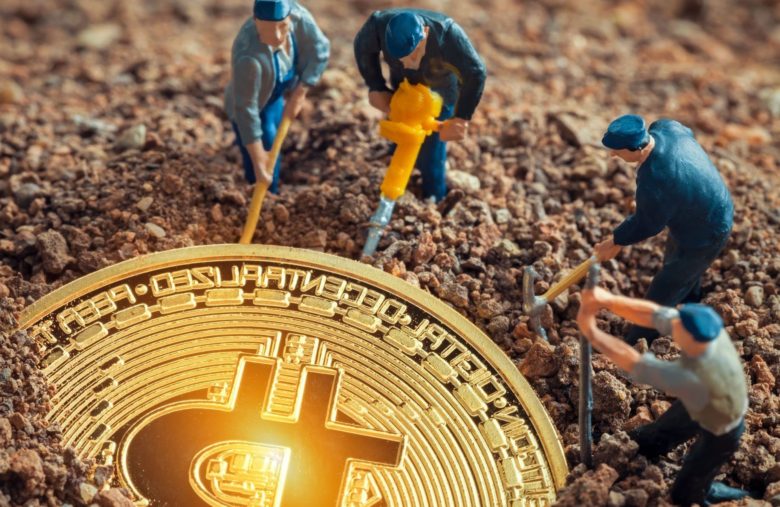What is Bitcoin mining? How does Bitcoin mining work?

What is Bitcoin mining?
Mining is how bitcoins are produced. Your mind might wander off to the visuals of axes and dirt but the mining of Bitcoin is an advanced technology. The process of solving complex computational mathematical problems with high-powered computers is what bitcoin mining is. Forget solving these problems in your mind, even highly powerful computers do not stand a chance.
The result of bitcoin mining comes in two forms. Anyone who is able to find the hash first (accepting an input string of any length and converting it to a fixed 256-bit length) wins the race to mine a bitcoin. As a reward, the person becomes the owner of the Bitcoin he mined. Another reason for solving the mathematical problems is making the bitcoin network secure. Every transaction needs to be validated before being reflected on the blockchain, which is a public record of all the transactions ever made.
Also Read : LAMBO Meaning In Crypto
How does Bitcoin mining work?
Miners verify the legitimacy of every bitcoin transaction and are rewarded with bitcoins. The founder of Bitcoin, Satoshi Nakamoto, was intuitive about how bitcoin can face problems that fiat currencies don’t. So he has designed the solution to prevent the problem of “double-spending.”
Double spending is a possible scenario where an owner spends the same Bitcoin twice. This problem is not compatible with physical currencies as once the money changes hands, you no longer have it. In the case of digital currencies, there are chances of fraudulent activities. The owner might make a copy of the original digital currency and send it to the other party while keeping the original with himself. Bitcoin miners are responsible to validate transactions so that such illegitimate acts do not grow.
Miners are only eligible for a reward in bitcoin after they have successfully verified 1MB of transactions, known as ‘block.’ The limit of 1 MB was set by Satoshi Nakamoto but has been a target of controversies as miners want the limit to be increased. If the size of the blocks is increased, they can accommodate more transactional data, which would make the process of verification very smooth.
Also Read : SAFU Meaning in Crypto
When will all the Bitcoins be mined?
As bitcoins are not controlled by any centralized authority, blockchain technology is designed to control inflation. Bitcoins have a finite supply and it is limited to 21 million coins. There will be no more mining after this number is reached. Bitcoins are introduced into the circulation at a rate of one block every 10 minutes. In the initial 10 years, to commemorate the launch of bitcoin, a total of 18.5 million bitcoins have already been mined. With only three more millions to go, it might seem the end of the bitcoin era. However, mining is a more complicated design than that. At a succession of four years, the rewards given to miners are halved.
When was the last Bitcoin halving?
The initial reward given to miners was 50 bitcoins. The first halving took place in 2012 when the number was reduced to 25. In 2016 it became 12.5 bitcoins. The last halving was done on May 11, 2020. Now the reward stands at only 6.25 Bitcoins.
It is not until 100 years before the last Bitcoin is mined. It is anticipated that by the year 2140, miners have to spend years to get rewarded in bitcoin fractions. After the limit of 21 million is reached, analysts are worried that miners will be deprived of block rewards. But the blockchain technology will still require validation for transactions to keep the network secure. The motivation for miners at that point in time will be the transaction fees charged. They can survive on that. Whatever the case may be, bitcoins would not stop functioning.



